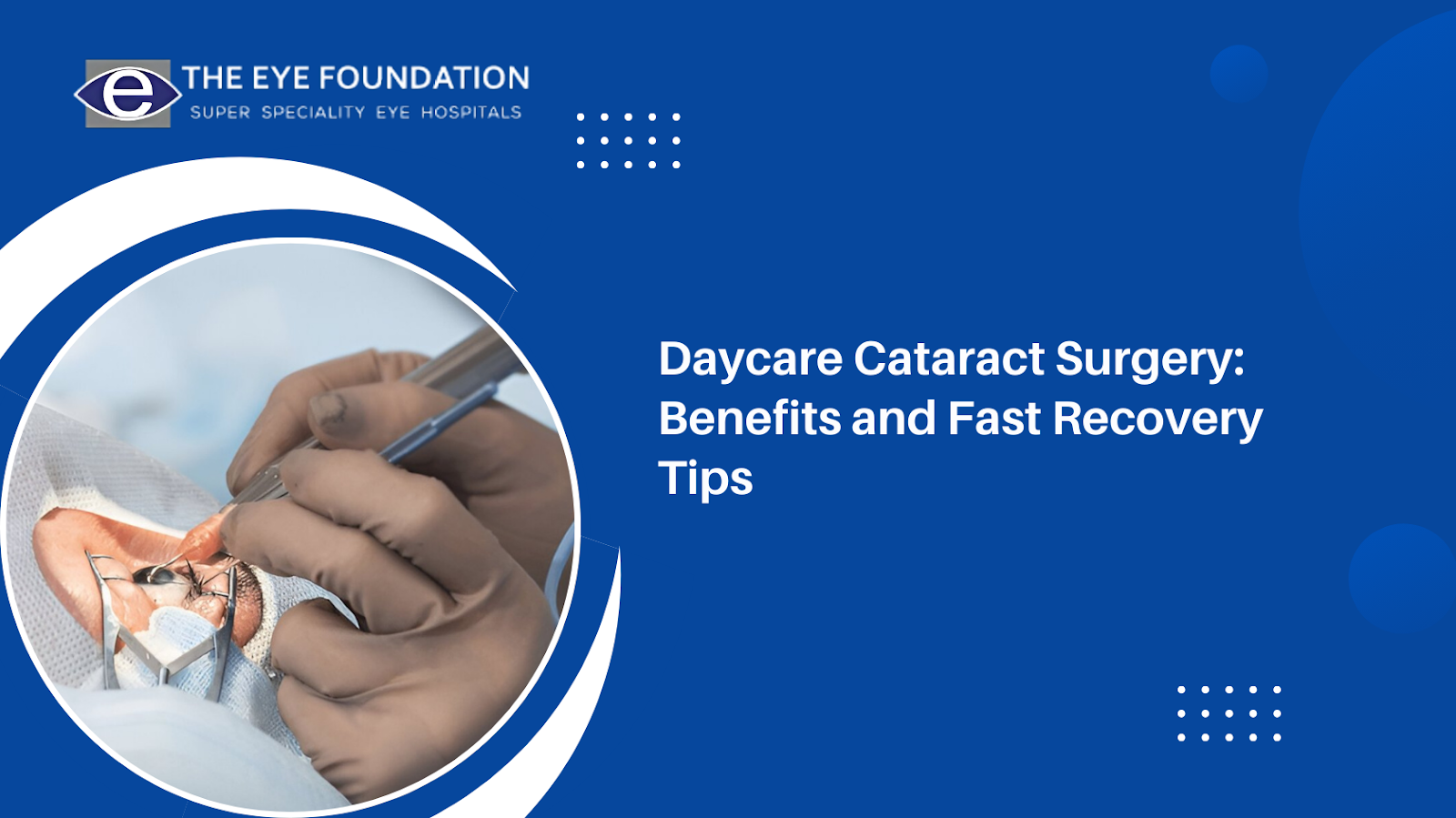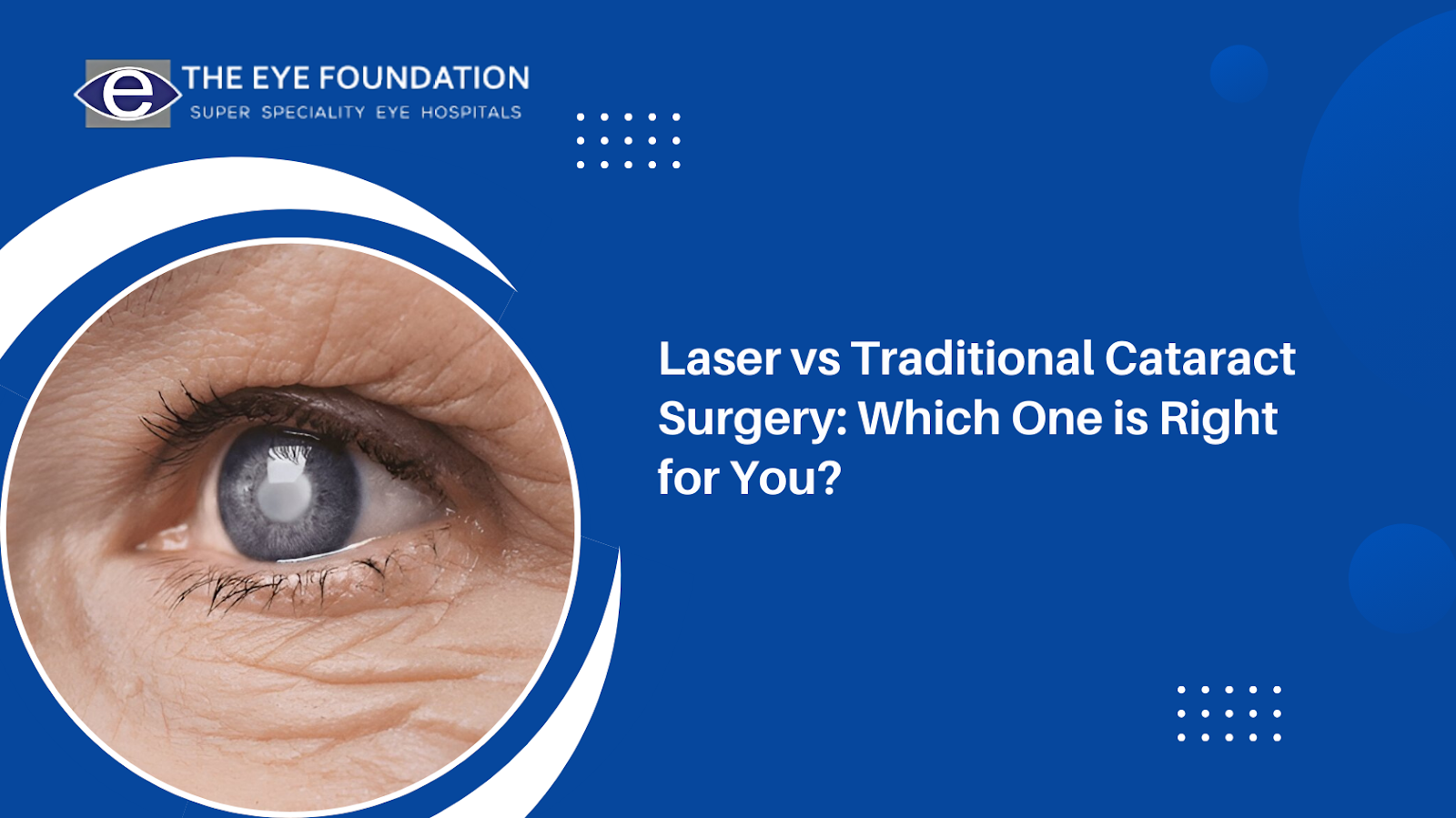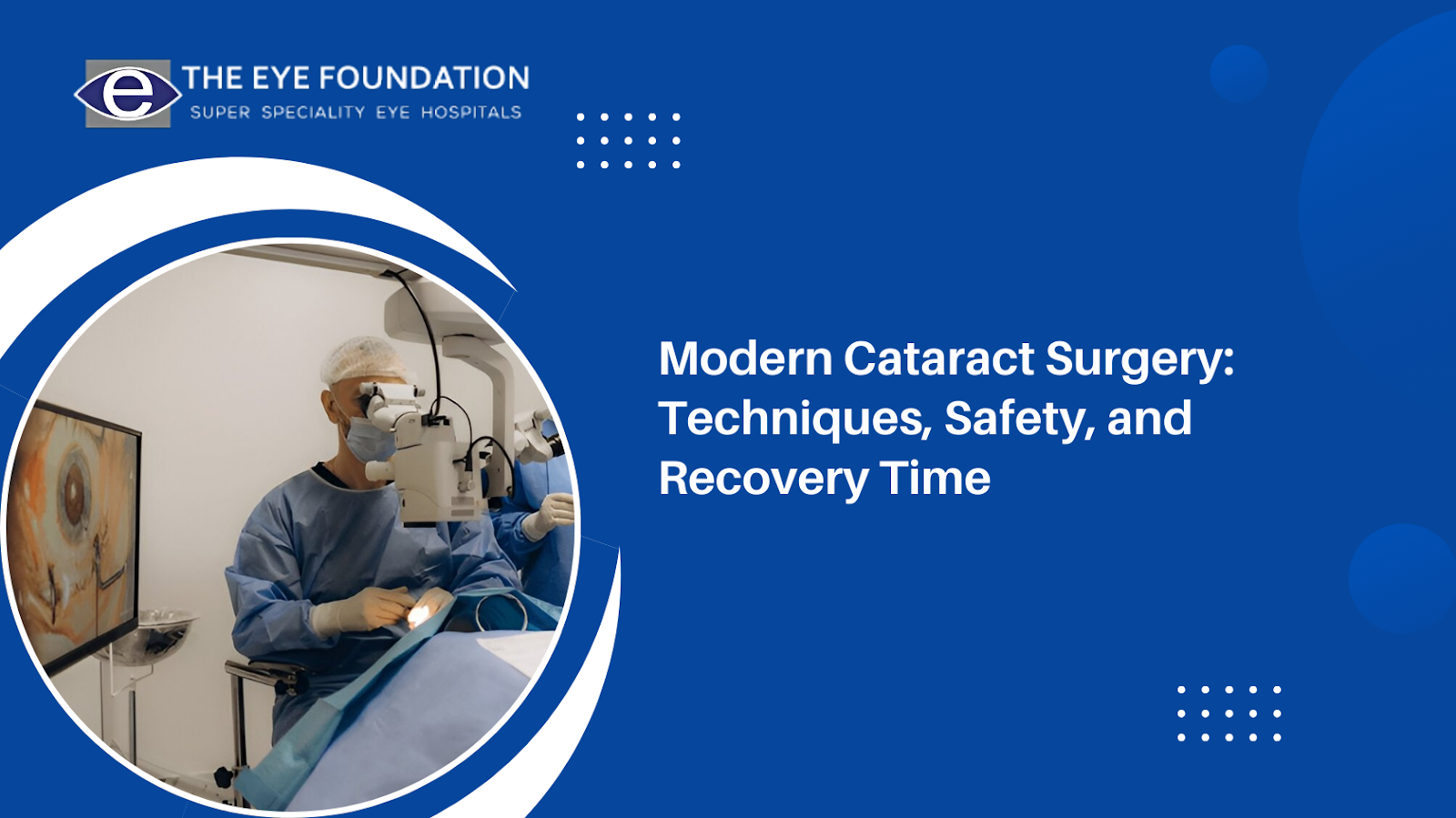Having the perfect vision may not be possible for some reasons but now the advancement in the ophthalmology industry made it possible. Vision correction surgery has significantly advanced in recent years, providing individuals with more options to achieve clearer vision. With the help of it, an individual could experience perfect clear vision without the aid of specs or contact lenses. Three types of refractive errors can also be corrected with the help of vision correction surgery including myopia, hyperopia, and astigmatism. The vision correction surgery includes Small Incision Lenticule Extraction (SMILE), Clear LASIK, and Photorefractive Keratectomy (PRK). All three procedures enhance vision by reshaping the cornea, but they differ in surgical techniques, recovery times, and patient suitability. With the below content, you can gain those differences between the Smile Clear Lasik and PRK.
When planning your surgery, consulting an Eye Hospital in Coimbatore highly recommended to ensure the most suitable procedure is selected based on your unique requirements.
What is SMILE?
SMILE (Small Incision Lenticule Extraction) is one of the newer laser eye surgery techniques. It is a minimally invasive procedure used primarily to correct myopia and mild astigmatism. SMILE offers a more conservative approach compared to LASIK and PRK, making it a good option for individuals with dry eyes or those who are more prone to corneal complications.
During a SMILE procedure, a femtosecond laser is used to create a small, lens-shaped piece of tissue (lenticule) within the cornea. This lenticule is then removed through a tiny incision, resulting in a reshaping of the cornea. This reshaping corrects refractive errors by altering how light enters the eye, improving focus.
What is Clear LASIK?
LASIK (Laser-Assisted In Situ Keratomileusis) is one of the most widely performed laser eye surgeries. The Clear LASIK procedure refers to the use of advanced laser technologies to perform LASIK more precisely and safely, with a focus on minimizing complications.
How does LASIK work?
In a LASIK procedure, a thin flap is created in the cornea using a femtosecond laser or a microkeratome blade. The flap is lifted, and an excimer laser is used to reshape the underlying corneal tissue to correct the refractive error. After reshaping, the flap is placed back into its original position, where it adheres naturally without the need for stitches.
What is PRK?
PRK (Photorefractive Keratectomy) was the first type of laser eye surgery developed and remains a popular option for individuals who may not be good candidates for LASIK. Unlike LASIK, PRK does not involve the creation of a corneal flap.
How does PRK work?
In PRK, the outermost layer of the cornea (the epithelium) is gently removed to expose the underlying tissue. An excimer laser is then used to reshape the cornea to correct the refractive error. The epithelium regenerates naturally over several days after surgery.
Key differences between SMILE, Clear LASIK, and PRK
- SMILE involves a small incision and removal of corneal tissue, whereas LASIK creates a flap in the cornea, and PRK removes the outer corneal layer without creating a flap.
- LASIK offers the fastest recovery, with vision improvement seen within 1-2 days. SMILE’s recovery is slightly slower but still faster than PRK, which may take a few weeks for full recovery.
- SMILE is ideal for patients with dry eyes or those at risk of corneal complications, while LASIK is best suited for a wide range of refractive errors. PRK is the procedure of choice for individuals with thin corneas or who are not eligible for LASIK.
- All three procedures offer excellent long-term vision correction results, but the recovery experience and potential risks vary between them.
Book your LASIK appointment today.
While you are deciding on vision correction surgery like SMILE, Clear LASIK, and PRK, it is essential to know the difference between all three surgeries.The surgical technique chosen depends on an individual's eye condition, lifestyle, and personal preferences. Visit The Eye Foundation where an experienced LASIK surgeon will guide you in choosing the best vision correction surgery for your needs.






